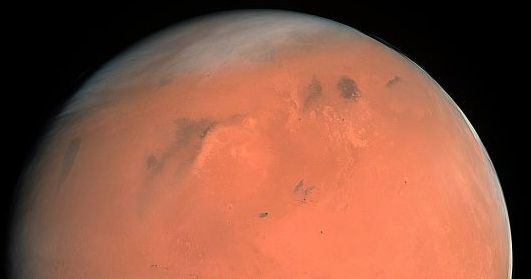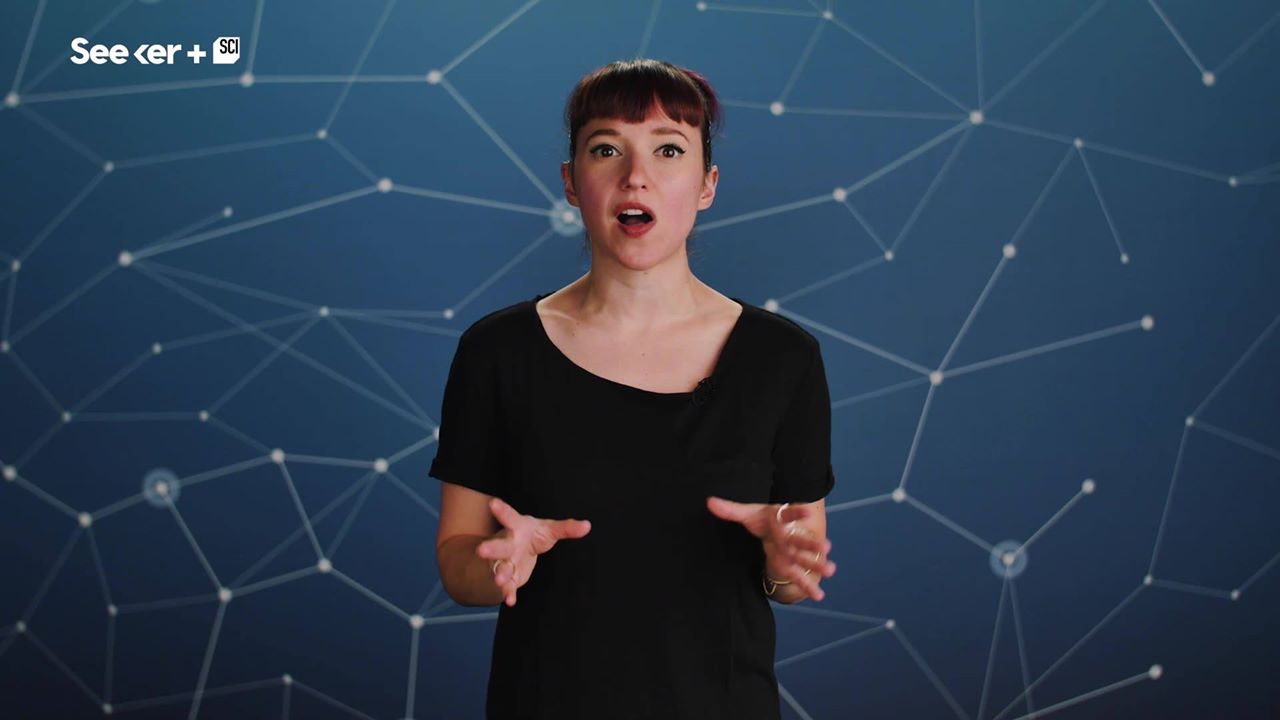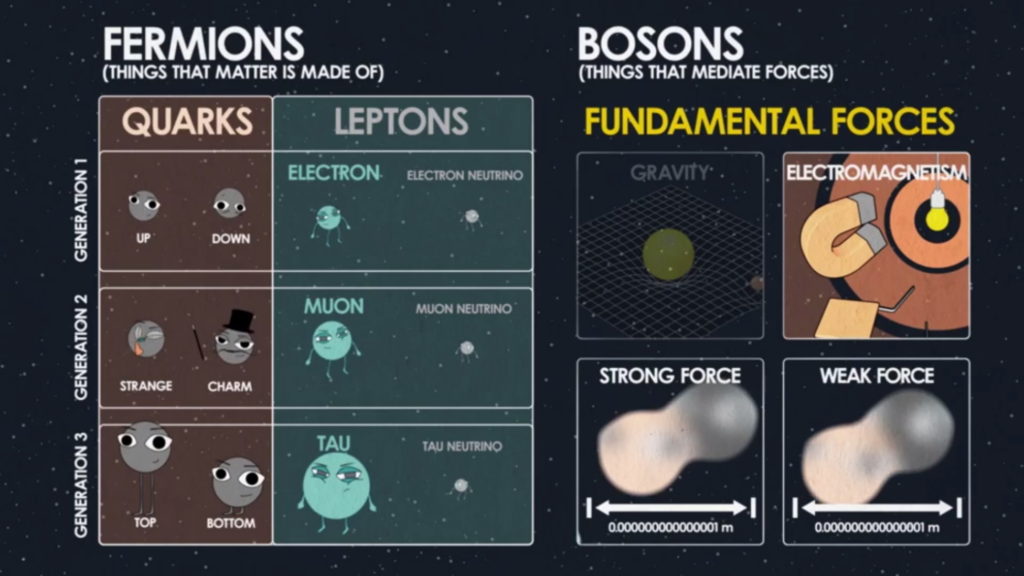Oct 6, 2017
Using AI Smarts, Photoshop Elements Can Now Automatically Open Closed Eyes in a Photo
Posted by Shailesh Prasad in categories: mobile phones, robotics/AI
Have you ever had the perfect photo ruined by someone with their eyes closed in the shot? You could fix the problem with a bit of cloning from an alternate shot using a photo editing app—but Adobe is making the process much easier in the new 2018 version of Photoshop Elements with a dedicated ‘Open Closed Eyes’ feature.
You can spend an entire career using Photoshop and still not master the software’s every last feature, but that complexity can be intimidating to the millions of amateur photographers born from the advent of affordable digital-SLRs, and even smartphones. That’s where Photoshop Elements comes in. It’s a lighter version of Photoshop with training wheels that simplifies many popular photo editing techniques. A better way to describe it might be as a version of Photoshop your parents could stumble their way through with minimal phone calls to you.


















